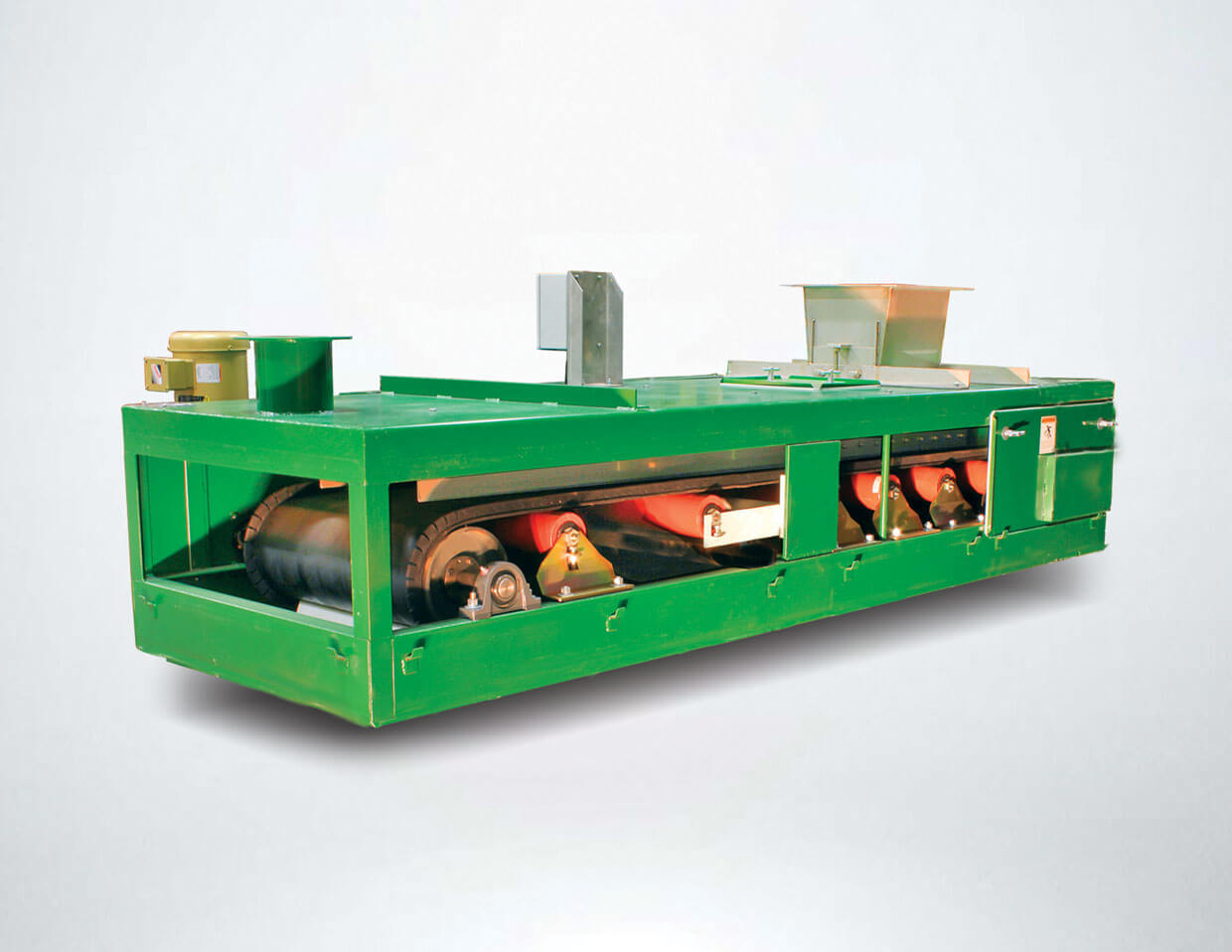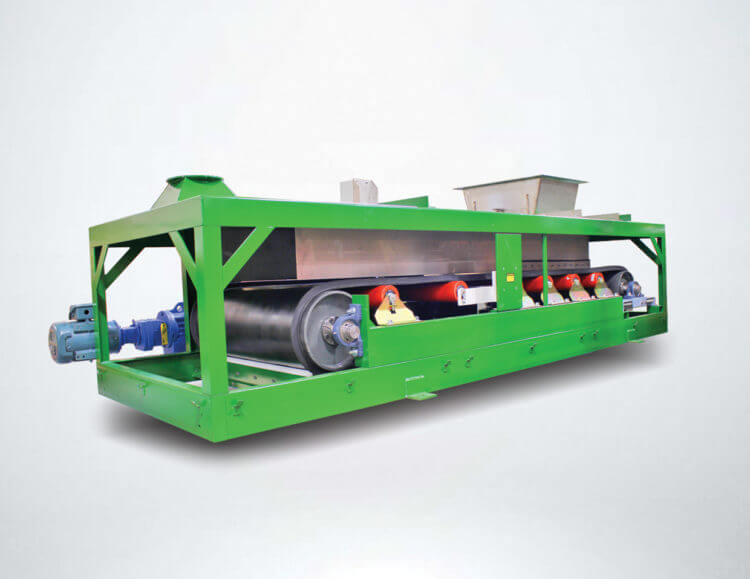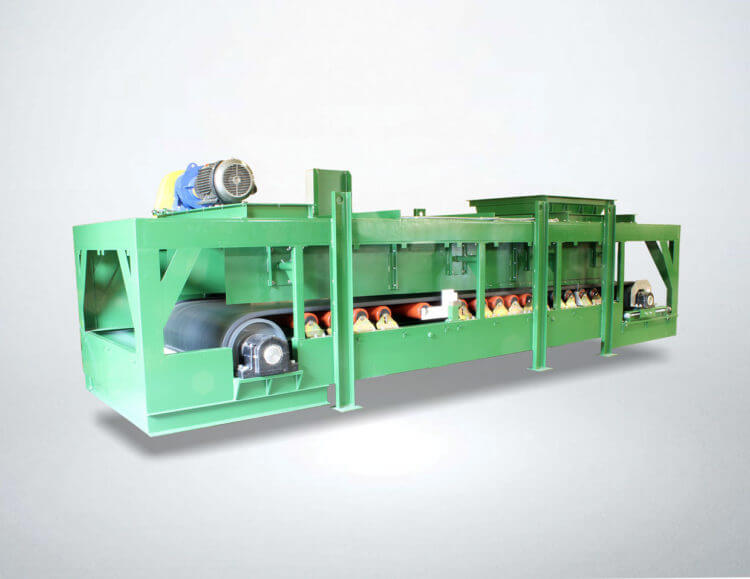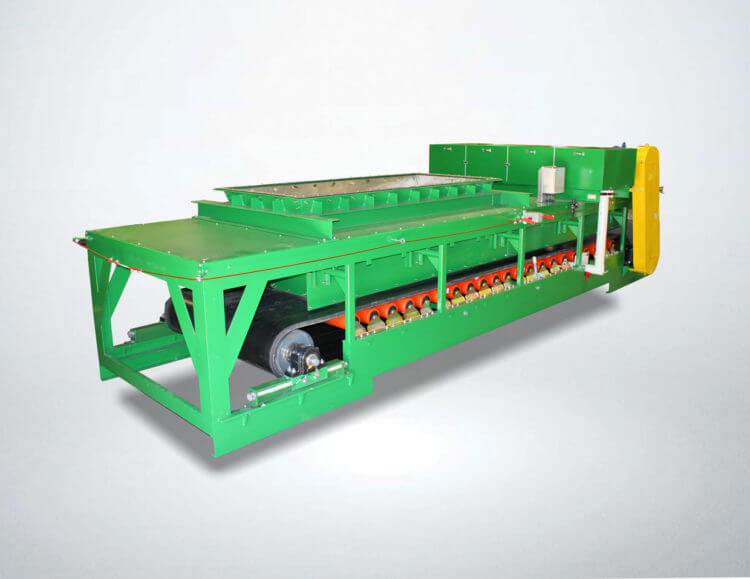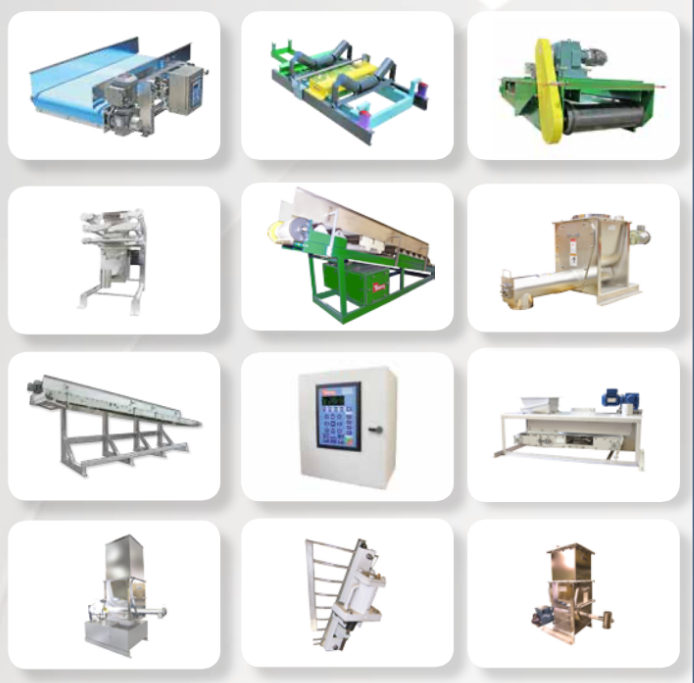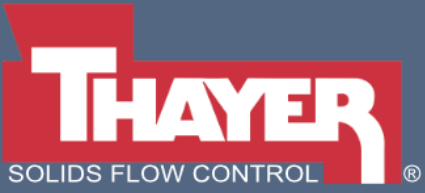Description
MDL Heavy Industry Weigh Belt
Thayer Scale’s Model MDL Weigh Belt is widely recognized mainline industrial continuous weigh belt feeders. They can be used with an open loop belt drive to gravimetrically totalize and measure the flow of material, or with closed control as a feeder and regulate the flow to a constant or varying set point.
The Model MDL bridges the gap between standard low capacity and high capacity weigh feeders. Some materials are too abrasive for standard low capacity feeders, lump sizes can be too large or flow rates slightly exceed specified limits, resulting in low accuracy and constant maintenance problems. These applications often can’t be reliably handled by larger, high capacity weigh feeders because the relatively low flow rates fall below specified limits. (for example: feeding 1.5 lumps of coal @ 2 STPH). The Model MDL is as ruggedly built as our capacity weigh feeders, to withstand abrasive materials, but is designed to operate at flow rates just beyond the limits of our low capacity feeders.
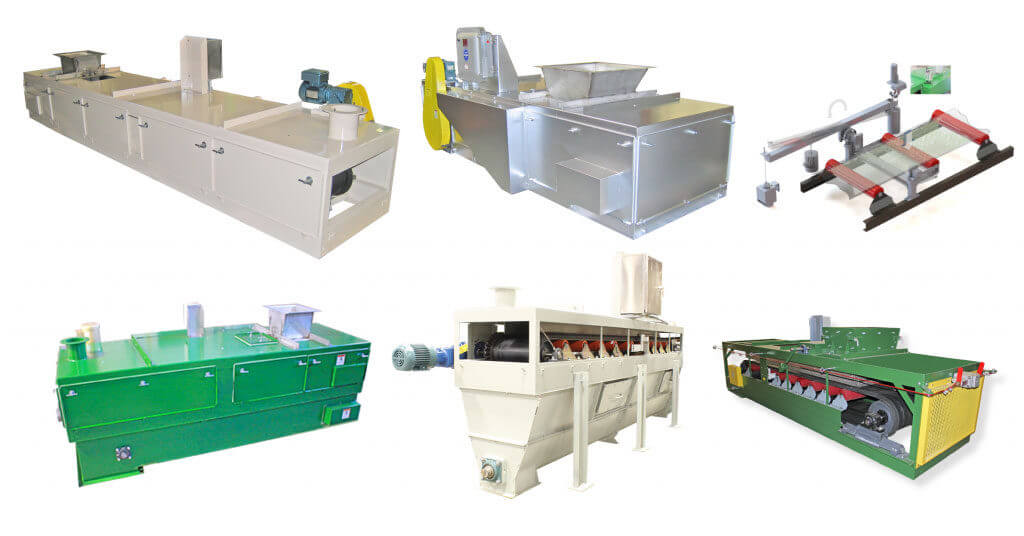
The Model MDL is an extremely rugged weigh feeder that was originally designed for the harsh environment of the cement industry but can be used in a wide variety of applications. The Model MDL is the ideal weigh feeder when low to medium feed rates are required, handling high bulk density and small through large particle size materials. The Model MDL can be subjected to extreme environmental conditions such as abrasive dusts, corrosive fumes, wide temperature fluctuations and vibrations-without any detrimental effects on performance or accuracy.
Unlike conventional weight sensing systems wherein the weigh idler is directly coupled to a series of load cells, the Model weigh belt incorporates a unique Force Measurement Suspension System (FMSS) interposed between the weigh idler and a single load transducer. The FMSS is a NET weighing system that counter-balances dead load so that the entire range of the load transducer is available for weighing the material. The FMSS also prevents erroneous horizontal force vectors from being interpreted as changes in weight for unsurpassed resolution and weight measurement repeatability.
ADVANTAGES
- Long term accuracy and repeat-ability with low cost of ownership.
- Load transducer located external to the material flow channel.
- Weigh bridge is insensitive to the accumulation of weight that accompanies tare build-up.
Slack belt design for more stable accuracy
The MDL belt is driven from the head pulley located at the outlet end of the feeder, rather than the tail pulley located at the end inlet. This permits lower belt tension during operation for better sensitivity and more stable accuracy. The head pulley is crowned to prevent belt tracking problems and is sheathed in rubber lagging to prevent belt slippage.
Inlet dimensions custom tailored
Ensures uniform withdrawl of material from storage. Very careful consideration is given to density, particle size and handling characteristics of your material.
Speed sensor mounted at idling tail pulley
Measures the true speed of the belt via rotation of the idling pulley, not an inferred belt speed based on motor speed. Belt slippage or breakage is immediately detected because the idling pulley stops rotating.
Scale outside material handling area
An idler supporting the belt (the “weigh” idler) transmits the load to the scale, which is located outside the weigh belt enclosure. This design has several benefits. The scale is not prone to damage, is out of the way for cleaning, and is not subjected to tare build-up since material cannot fall onto the scale.
Automatic calibration
Thayer Scale’s optional automatic test weight mechanism provides a means for applying a precision test weight to allow completely automatic calibration. The calibration sequence can be initiated via the weigh belt instrument keypad or via a contact closure. The need for test chains is eliminated.
High accuracy, rugged measurement system
100% of the scale’s capacity is used to weigh material. Dead weight of the weigh idler and belt is mass-counterbalanced, thus providing excellent resolution and a high signal to noise ratio. Thayer Scale’s rugged load cell design assures reliable and accurate performance for the life of the weigh feeder.
Screw adjustable idler alignment
The idlers adjacent to the weigh idler are mounted on jacks for easy alignment in the field. All idlers are mounted on individual CEMA brackets, permitting removal to either side without major framework disassembly or belt removal.
Full length adjustable skirt boards
Tapered and flared from the inlet to the discharge to prevent pinching of material between the skirt and the belt. Skirt boards are located inside the belt flanges to provide two barriers to contain material and prevent spillage.

